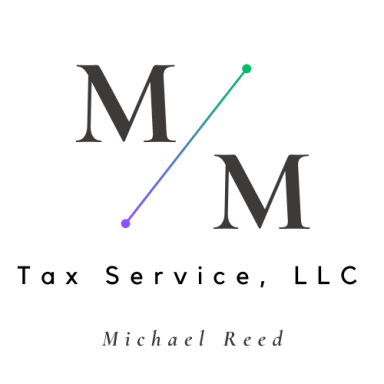M & M Tax Service, LLC
Professional Tax Preparation
More Knowledge = Less Taxes

About Me
My name is Michael Reed, and I have been in the tax preparation business for over 20 years. I am an authorized E-file provider and tax return preparer through the IRS and have completed thousands of tax returns. I prepare every type of tax return; including individuals, business, Partnerships, non-profit's, corporate, Estates and Trusts. I enjoy helping people understand their taxes and believe that...
more knowledge = less taxes.
What is new for Tax Year 2025?
Update in December.
The First Form 1040 - 1913
This is the very first Form 1040 which started being used in 1913. There were only 4 pages including the instructions. This was used for both personal and business taxes. Today, there are over 800 tax forms and schedules to do your taxes with. It is amazing how times have changed.




